Why Your Next $100 Bill Might Be Worth $15,000
September 24, 2013 in Daily Bulletin
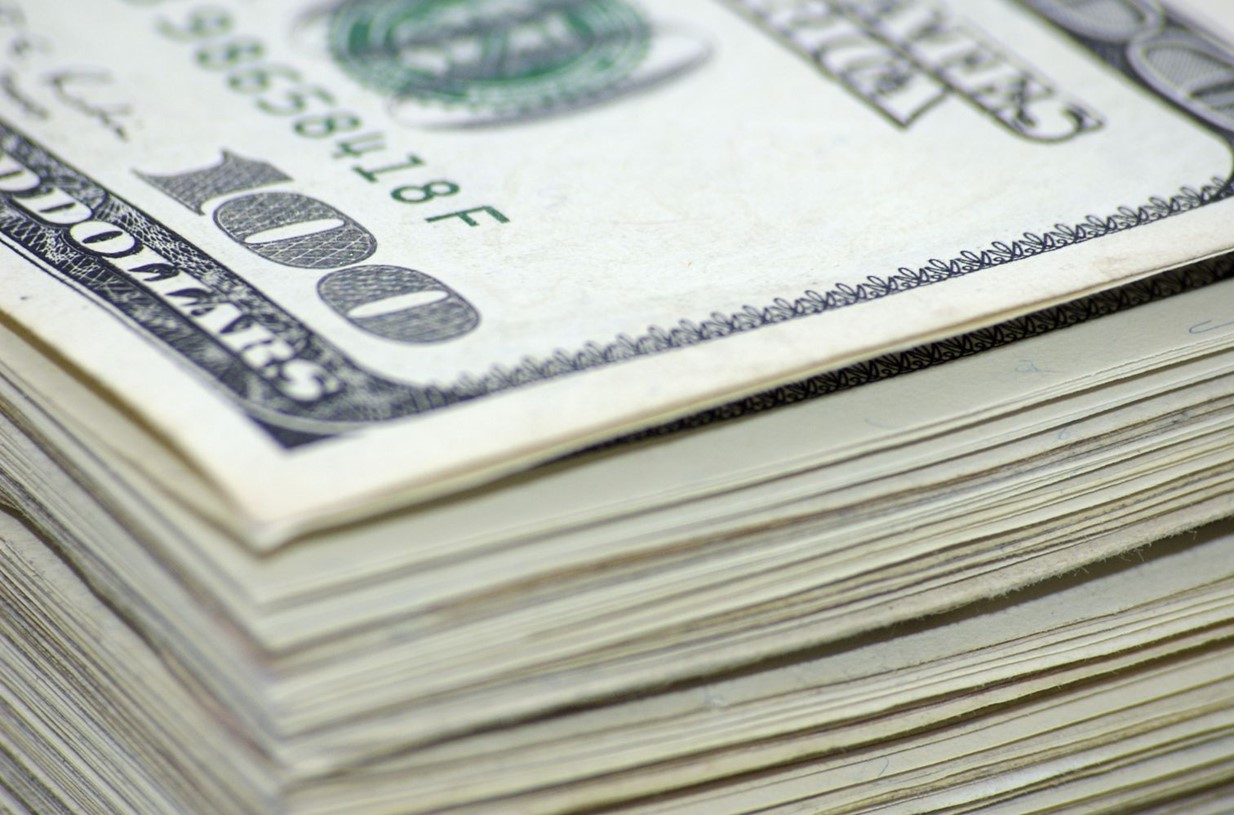
Forget gold, equities, or Tencent. The best investment might be the latest US$100 bills that could be worth up to US$15,000 writes Graeme Wood:
- The US is about to issue a new set of $100 bills in October. Each bill has its own serial number and bills with ‘fancy’ serial numbers command a premium in the marketplace.
- Bills with the serial number 00000001 are worth the most and are expected to fetch up to $15,000.
- Since each banknote begins with two letters that indicate which Federal Reserve bank issued the bill it is possible to find multiple bills with the same serial number.
- There is not much difference in value between a $100 bill and a $20 bill that has the 00000001 serial number. Individuals are paying for the number – not the face value of the bill.
- Other good numbers include any below 00000100 which can sell for hundreds of dollars.
- Ladders (12345678) sell for $1,300, palindromes (35299253), and repeaters (41884188) are also popular.
- Solids are particularly popular with Asians and 88888888 with Chinese people who believe the number 8 to be lucky.
- Quirky numbers such as the digits of pi (31415927) and the date of the American declaration of independence (07041776) are also valuable.
Find out how you can get your hands on these notes at face value, the amount each bill has sold for, and why your serial number might have a star on it over here.
Source: Boston
Via: Newser

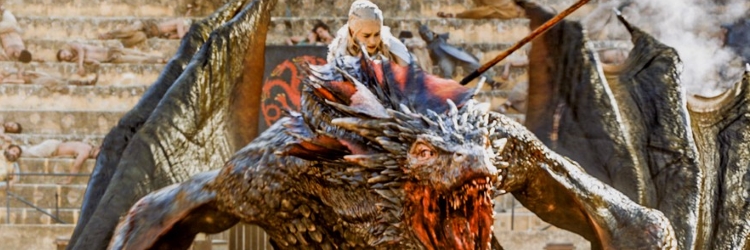







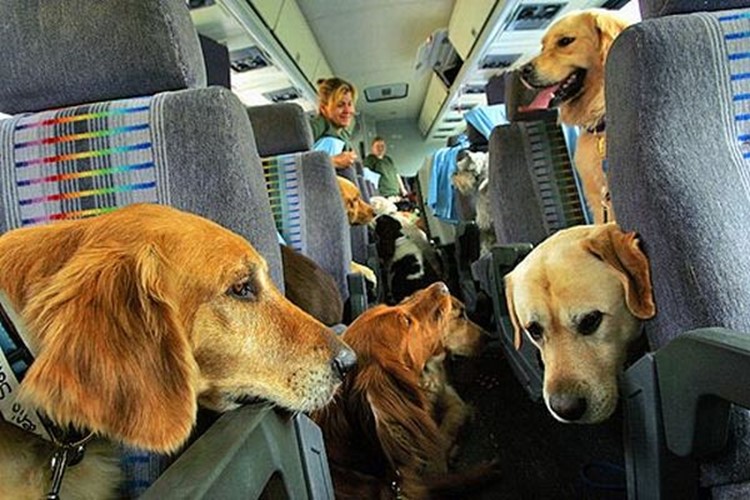

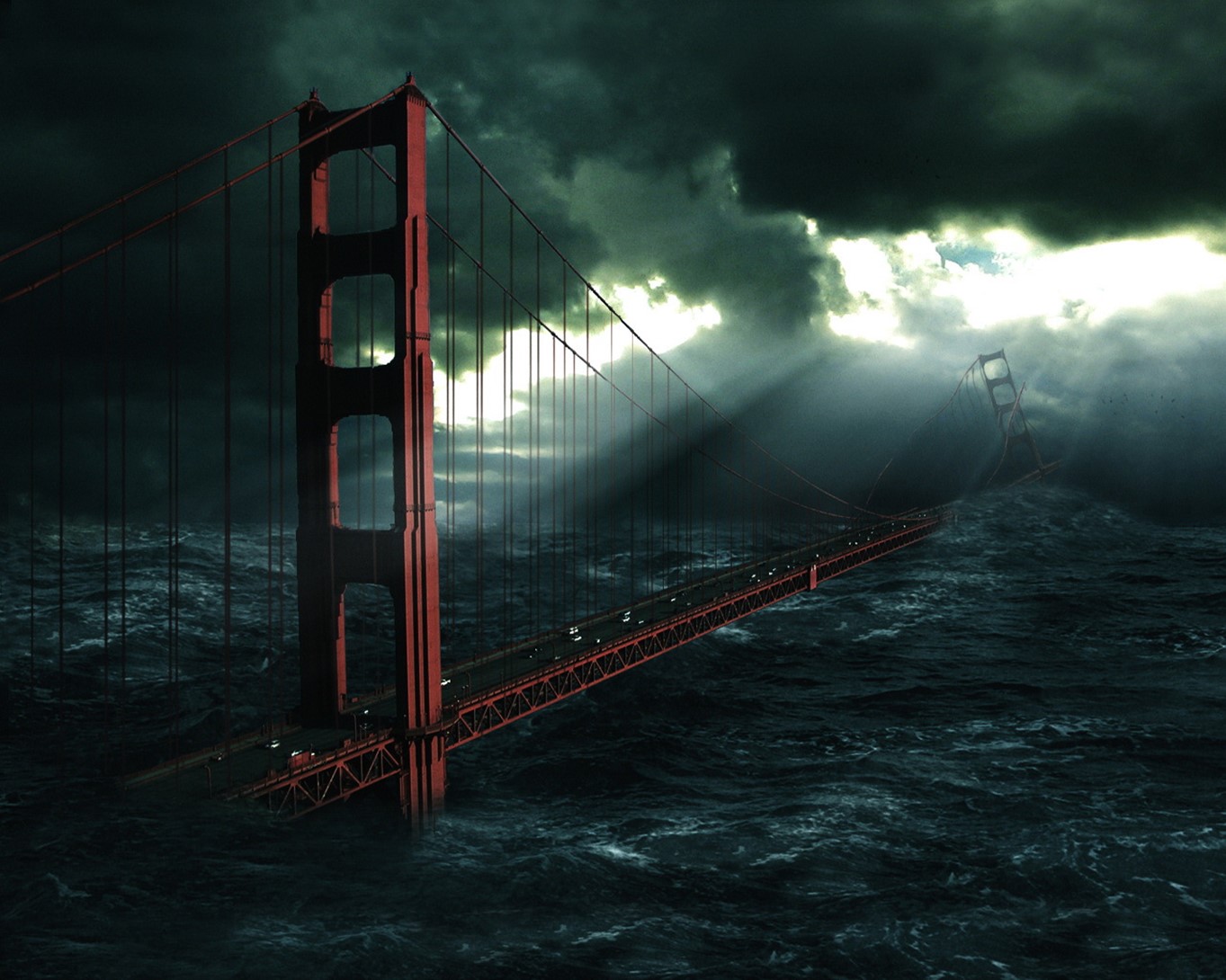
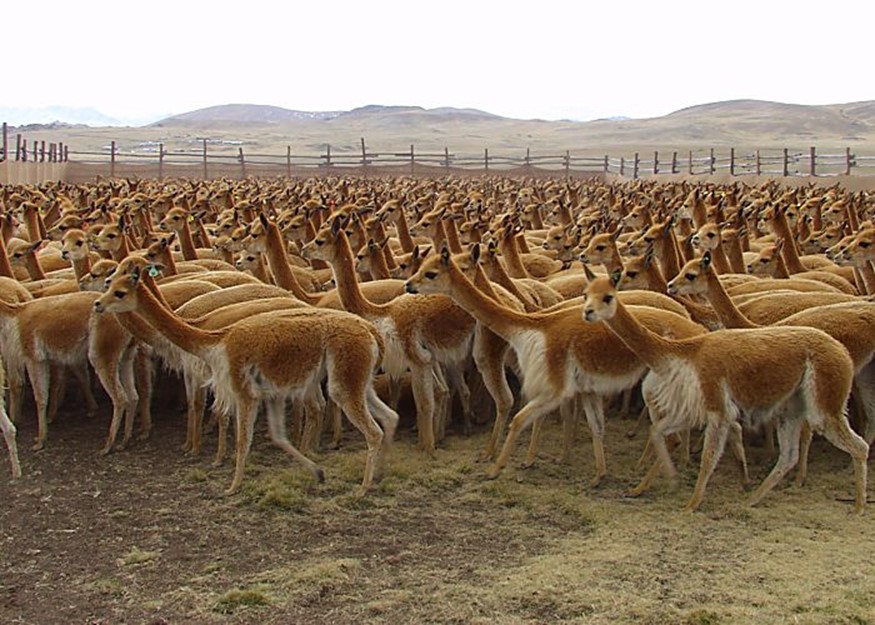
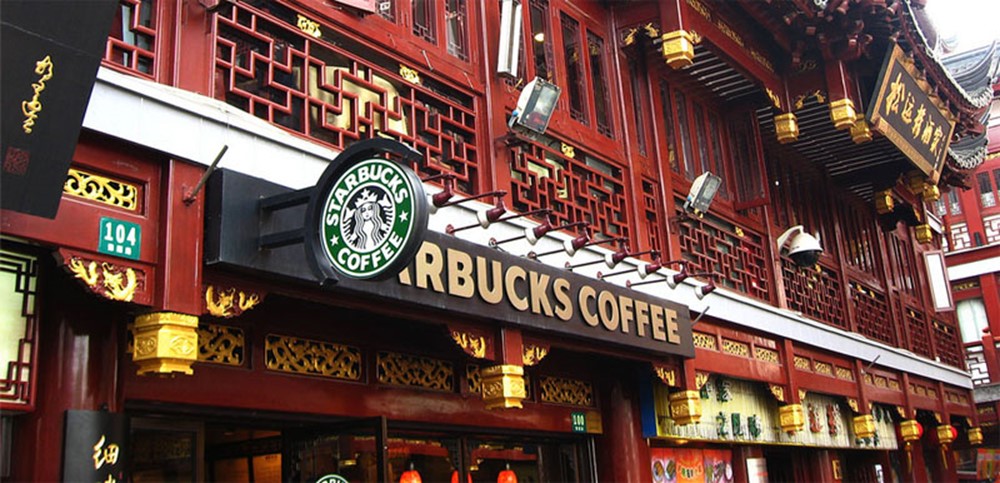
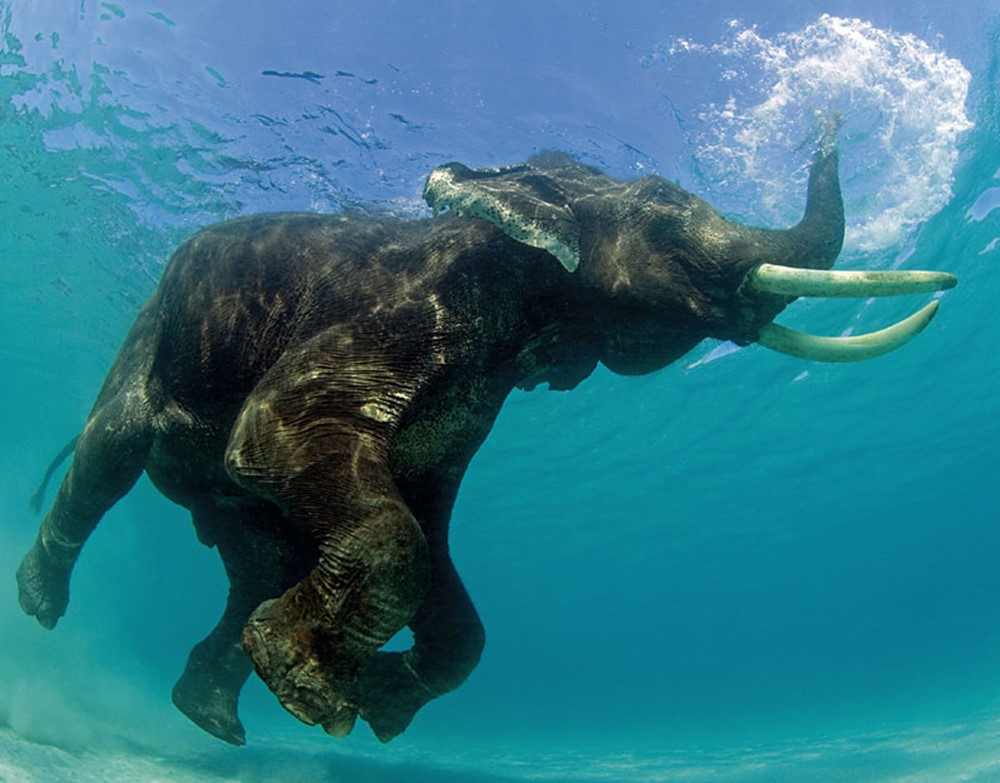
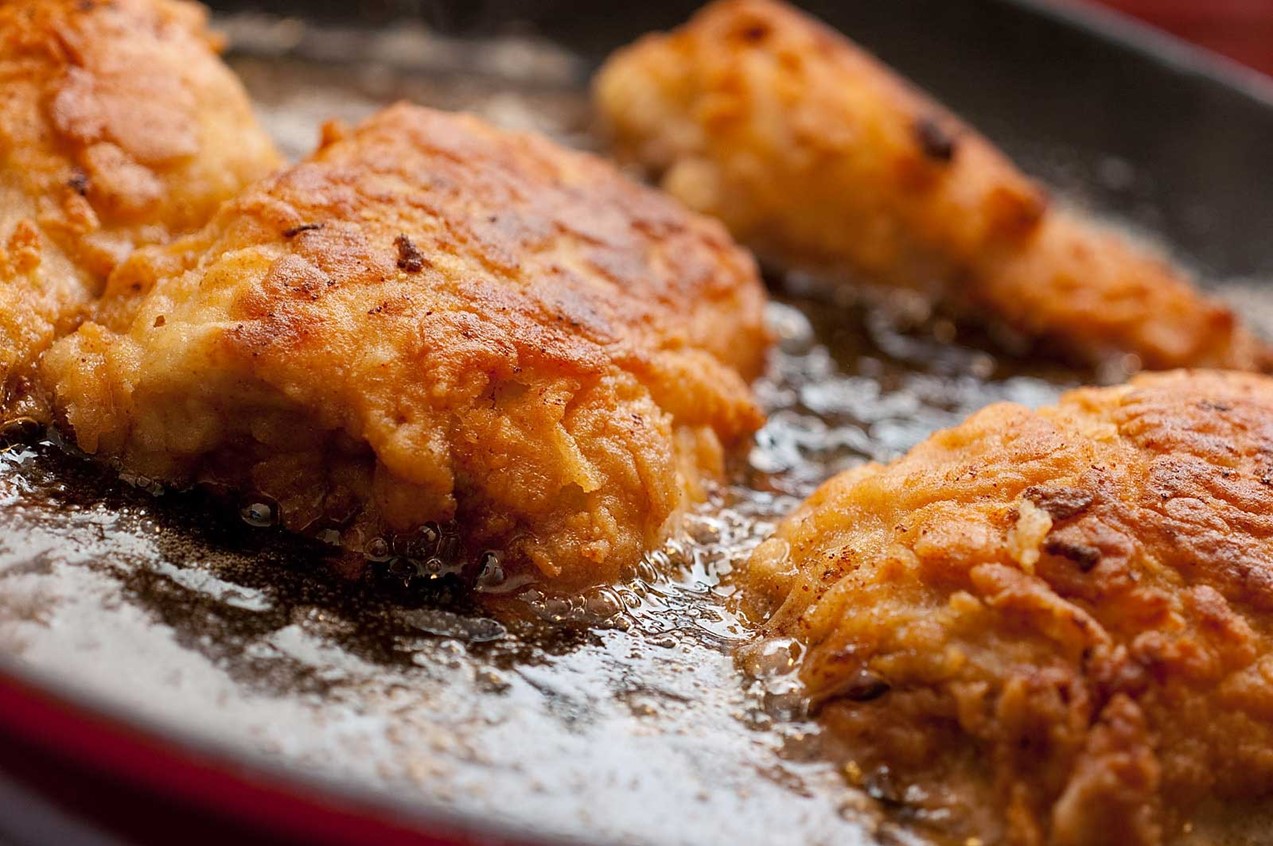
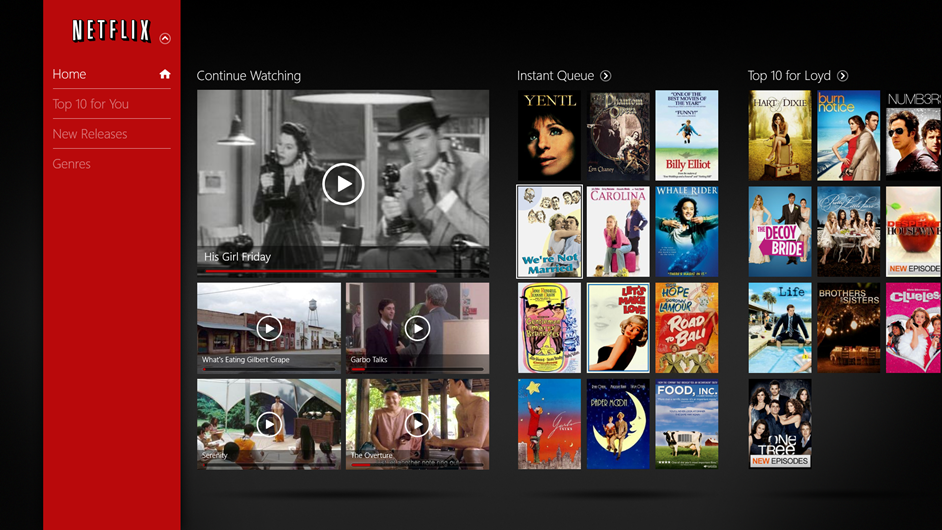
Join the Discussion! (No Signup Required)